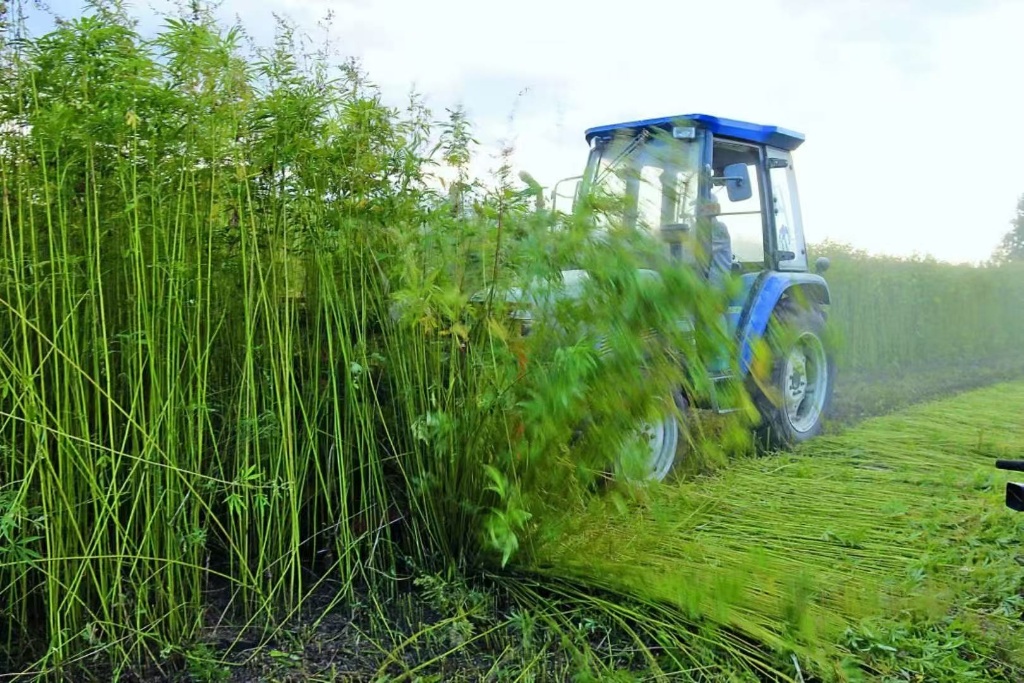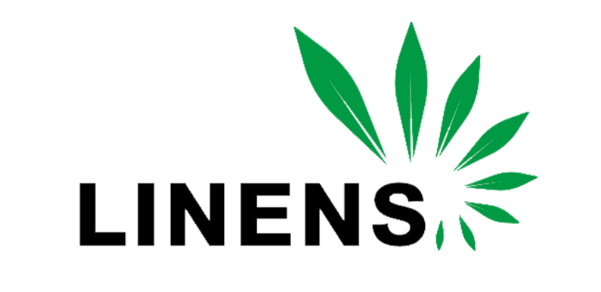Why Hemp is Revolutionizing Fashion, Home Textiles & Beyond
Hemp, one of the world’s most versatile and eco-friendly fibers, is gaining global attention for its sustainability, durability, and wide-ranging applications. As industries shift toward greener alternatives,
This guide covers:
✔ What makes hemp fabric unique?
✔ Key benefits of hemp for fashion and home textiles
✔ Latest trends in the hemp industry (2024-2025)
✔ How to choose high-quality hemp products
✔ Why hemp is a smart investment for eco-conscious buyers
What is Hemp Fabric?
Hemp fabric is derived from the fibers of the Cannabis sativa plant (industrial hemp), which contains less than 0.3% THC, making it non-psychoactive. Known for its strength and breathability, hemp has been used for centuries in ropes, clothing, and paper.

How is Hemp Fabric Made?
Cultivation: Hemp grows quickly with minimal water and no pesticides.
Retting: Stalks are soaked to separate fibers from the woody core.
Processing: Fibers are spun into yarn and woven into fabric.
Finishing: Softened through natural enzyme washes or blending.
Unlike cotton, hemp requires 50% less water and enriches soil health, making it one of the most sustainable fabrics available.
Top Benefits of Hemp Fabric
1.Eco-Friendly & Sustainable
Biodegradable & compostable – breaks down naturally without microplastic pollution.
Carbon-negative – absorbs more CO₂ than most crops.
Low resource use – thrives without synthetic fertilizers or pesticides.
2.Extremely Durable & Long-Lasting
3x stronger than cotton, resistant to wear, mold, and UV damage.
Softens over time without losing integrity.
3.Naturally Breathable & Temperature-Regulating
Wicks moisture away from the skin, ideal for activewear and summer clothing.
Thermoregulating – keeps you cool in heat and warm in cold.
4.Hypoallergenic & Antibacterial
Naturally resists bacteria and odors, perfect for sensitive skin.
A top choice for organic bedding, towels, and baby clothing.

Latest Trends in the Hemp Industry (2024-2025)
1.Hemp in High Fashion & Luxury Brands
Major brands like Patagonia, Levi’s, and Stella McCartney incorporate hemp into sustainable collections.
Hemp silk blends are emerging as a premium alternative to traditional silk.
2.Hemp for Home Textiles
Hemp bedding, curtains, and rugs are trending for their durability and natural aesthetic.
Neutral and earthy tones dominate interior design preferences.
3.Blended Innovations
Hemp + Organic Cotton – enhances softness.
Hemp + Tencel™ – creates ultra-breathable, silky fabrics.
4.Circular Economy & Hemp Recycling
Brands are adopting closed-loop systems to repurpose hemp waste into new textiles.
How to Choose the Best Hemp Products?
When buying hemp, consider:
✅ Fiber Blend:
100% hemp for maximum durability.
Hemp-cotton blends for softer everyday wear.
✅ Certifications:
OEKO-TEX®, GOTS (Global Organic Textile Standard), or USDA Organic ensure safe, eco-friendly production.
✅ Weave & Weight:
Lightweight hemp (150-200 GSM) for clothing.
Heavyweight hemp (300+ GSM) for upholstery and bags.
✅ Ethical Sourcing:
Look for fair trade and transparent supply chains.
Why Buy Hemp? A Smart Investment for Businesses & Consumers
✔ Sustainability Appeal – Attracts eco-conscious buyers.
✔ Longevity – Reduces replacement costs.
✔ Versatility – Used in apparel, accessories, and home goods.
✔ Growing Market Demand – The global hemp market is projected to reach $18.6 billion by 2027.
Final Thoughts: Hemp is the Future of Sustainable Textiles
With its unmatched eco-credentials, durability, and versatility, hemp is reshaping industries from fashion to home decor. Whether you’re a brand sourcing ethical materials or a buyer seeking planet-friendly products, hemp delivers quality, sustainability, and innovation.
Looking for premium hemp fabric? Shenzhen Linen Life Textile Co., Ltd. supplies certified, high-quality hemp textiles—contact us today!
